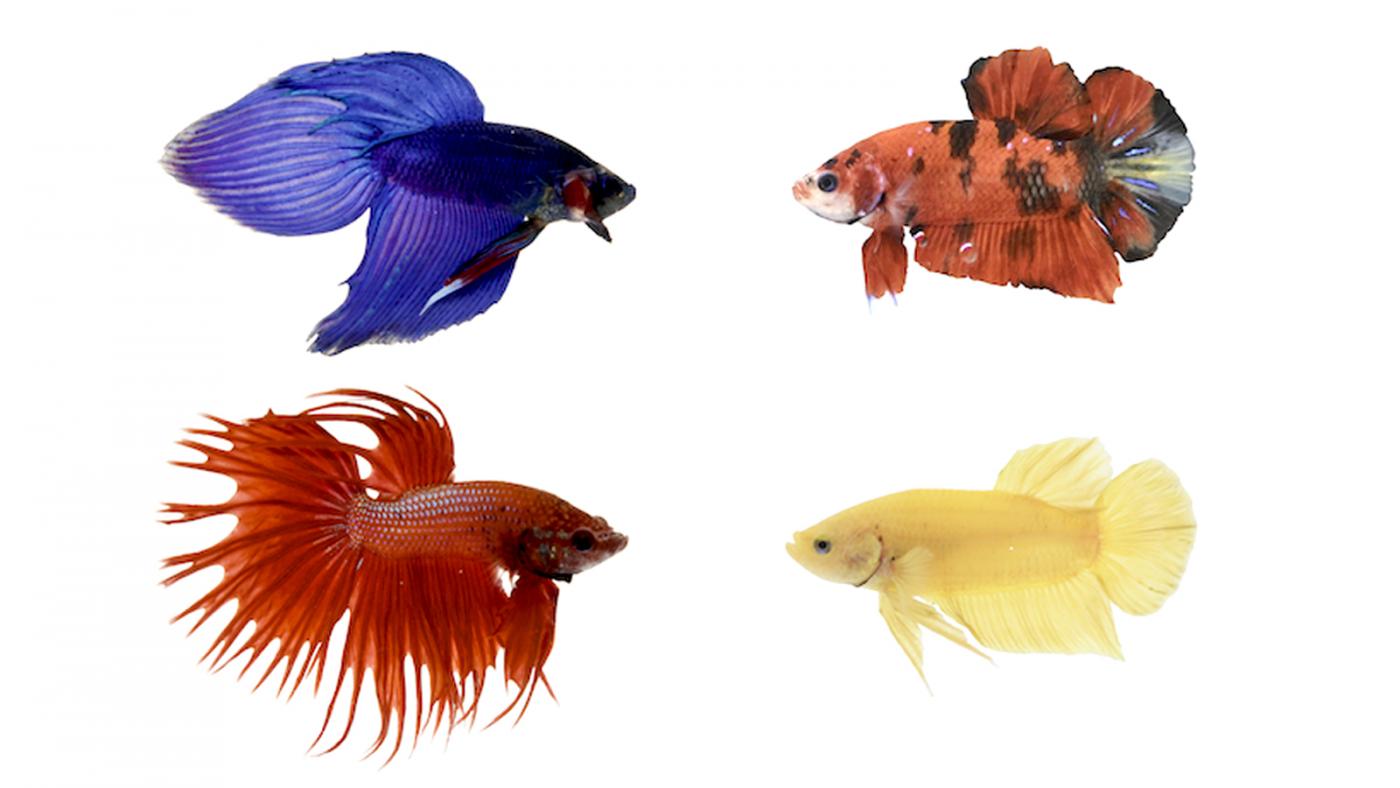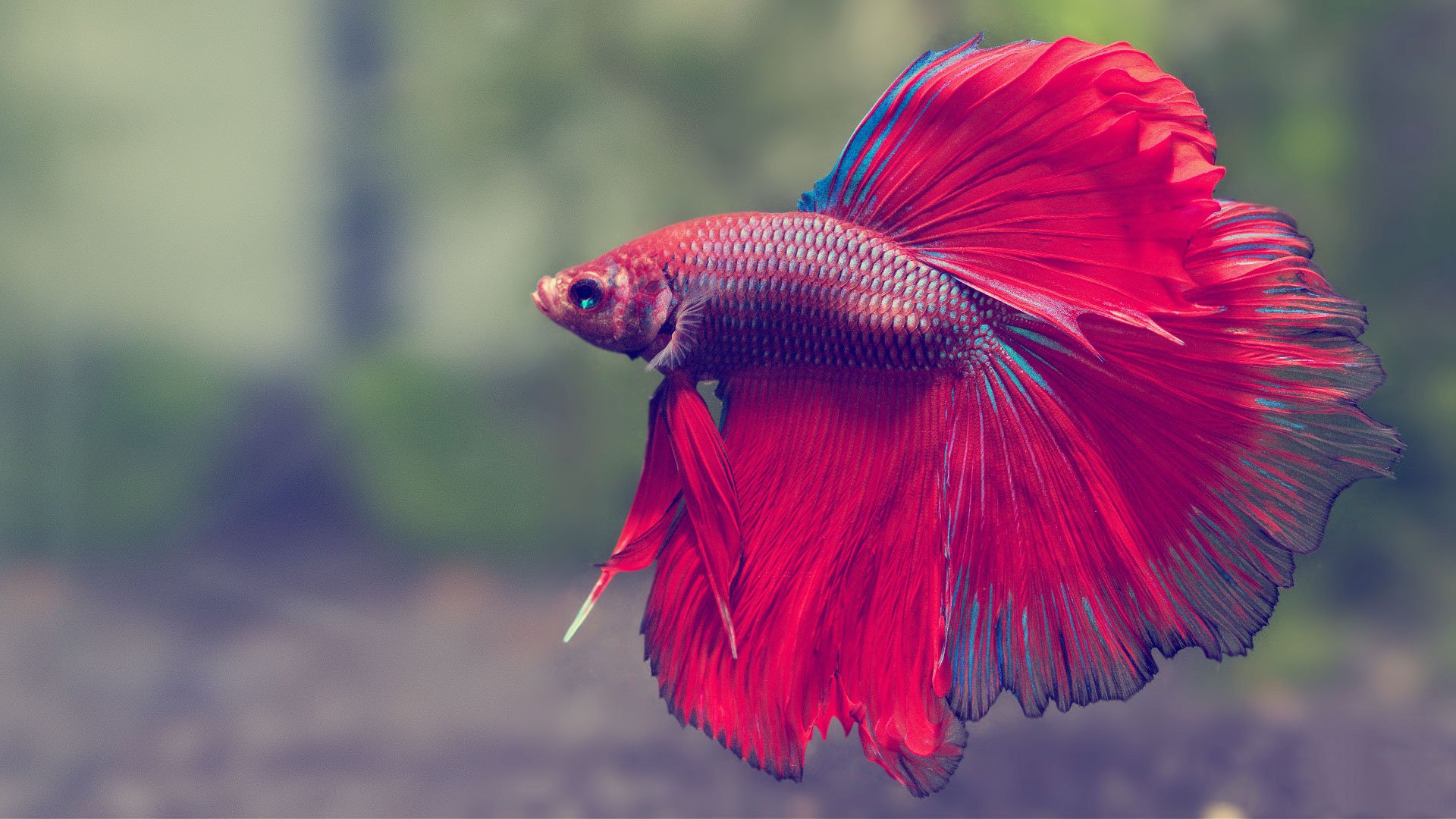How to Pick the Right Betta Fish for Your Aquarium
How to Pick the Right Betta Fish for Your Aquarium
Blog Article
Breeding Betta Fish: a Comprehensive Step-By-Step Overview to Successfully Raising Infant Bettas From Eggs to Adulthood
Reproducing Betta fish is a meticulous undertaking that needs mindful preparation and execution to make sure the successful advancement of fry from eggs to mature fish. As the male Betta carefully constructs a bubble nest and guards the precious eggs, the subsequent stages of treatment and change demand focus to detail and knowledge of ideal methods.

Choosing Reproduction Pairs
When starting the journey of reproducing Betta fish, picking the best breeding sets is important to attaining desirable traits and a healthy and balanced lineage - betta fish. The very first step in this procedure is to identify the particular attributes you desire to improve or maintain, such as color, fin type, and body form. It is vital to pick genetically varied sets to avoid inbreeding, which can cause health and wellness issues and unwanted attributes
Assess potential breeding prospects very carefully. A healthy and balanced male Betta must show vibrant colors, an active behavior, and well-formed fins, while the lady should likewise display lively coloration and a rounded belly, indicating readiness for spawning. Observing the personality of both fish is vital, as aggressive or overly shy people may not breed effectively.
Keeping records of the moms and dad fish's origins can help you track genetic attributes and potential issues. Inevitably, spending time in the selection process will significantly boost the likelihood of producing solid, vibrant offspring that meet your reproduction objectives.

Preparing the Breeding Storage Tank
Producing an optimum reproduction atmosphere is a vital action after selecting appropriate pairs for Betta fish. The reproduction container ought to be particularly created to provide comfort and boost the all-natural breeding habits of the fish. Beginning with a storage tank size of at the very least 10 gallons to make sure adequate area for both the male and female Bettas.
Keep a mild filtering system to maintain the water clean while staying clear of strong currents that can stress the fish. Furthermore, an air stone can be included in give oxygenation without disrupting the water surface excessive.
Temperature law is crucial; objective for a stable variety of 78-82 ° F(25-28 ° C) utilizing a trusted heating unit. The pH level should be kept in between 6.5 and 7.5, and routine water changes are essential to make sure high water top quality.
Include drifting plants or generating sponges to create hiding areas for the woman, while additionally urging bubble nest structure by the man - betta fish. Finally, make certain the tank is cost-free from sharp designs and any kind of prospective threats, as the welfare of the fish need to always be prioritized throughout this critical stage of breeding.
The Reproduction Refine
Normally, the breeding process for Betta fish entails a series of unique and observable actions that indicate preparedness for recreation. The male Betta starts by developing a bubble nest at the water's surface area, which acts as a site for the fed eggs. This nest is vital, as it offers a secure atmosphere for the eggs up until they hatch out.
As soon as the nest is established, the man will show courtship actions, such as flaring his fins and displaying vibrant shades to bring in the woman. The lady, upon picking up the man's preparedness, will certainly respond by displaying upright stripes along her body, indicating her receptiveness.
When the women techniques, the male takes part in a breeding dance, often resulting in an embrace understood as the "spawning." Throughout this embrace, the woman releases her eggs, which the male feeds quickly. The fed eggs then fall to the bubble nest, where the male meticulously gathers and returns them to the nest. Following this, the male thinks responsibility for guarding the nest and ensuring the security of the eggs up until they hatch out, typically within 24-36 hours. This phase is important in the breeding procedure, laying the structure for effective fry development.
Caring for Betta Fry
Caring for Betta fry requires cautious focus to their atmosphere and nourishment to make certain healthy development and growth. After hatching out, Betta fry are extremely little and prone, necessitating a secure and tidy habitat. Preserving a water temperature in between 78 ° F and 80 ° F is crucial, as Betta fry grow in warm conditions. Additionally, ensure that the water is complimentary of harmful toxic substances; routine water modifications of 10-20% are suggested to maintain optimal water high quality.
Feeding Betta fry is just as crucial. Initially, they ought to be used infusoria or carefully smashed high-grade fry food, as their mouths are as well tiny to handle larger particles. As they grow, you can gradually present larger foods, such as infant salt water shrimp or powdered flakes, to ensure they obtain Get the facts appropriate nutrition. Feed them small quantities several times a day, being careful not to check these guys out overfeed, which can result in water quality problems.
Transitioning to Grownup Bettas
As Betta fry fully grown, transitioning them to grown-up Bettas is an important phase that calls for cautious monitoring of their environment and social interactions. This procedure normally begins when the fry get to around six weeks of age, at which factor they can be slowly presented to a more organized living atmosphere.
To promote this transition, it is important to guarantee that the water criteria-- such as temperature, pH, and ammonia levels-- are ideal and secure. Grown-up Betta fish thrive in warm water (around 78-80 ° F) with a pH of 6.5 to 7.5. Progressively acclimate the fry to these problems to minimize anxiety.
Social communications are another crucial aspect; male Bettas are notoriously territorial and hostile. It is recommended to different men right into private storage tanks as they grow. Women Bettas can be housed together, yet treatment must be required to check for signs of hostility.
Additionally, dietary changes should be made as the fry expand. Integrate premium pellets and live foods to support their growth and wellness. By managing these aspects properly, you can promote a successful change to the adult years for your Get the facts Betta fish.

Verdict
Effective breeding of Betta fish calls for mindful focus to detail throughout the whole procedure, from selecting genetically varied sets to providing optimal treatment for fry. Additionally, a well balanced diet regimen and progressive adaptation to adult atmospheres are crucial for the development and growth of Betta fish.
Report this page